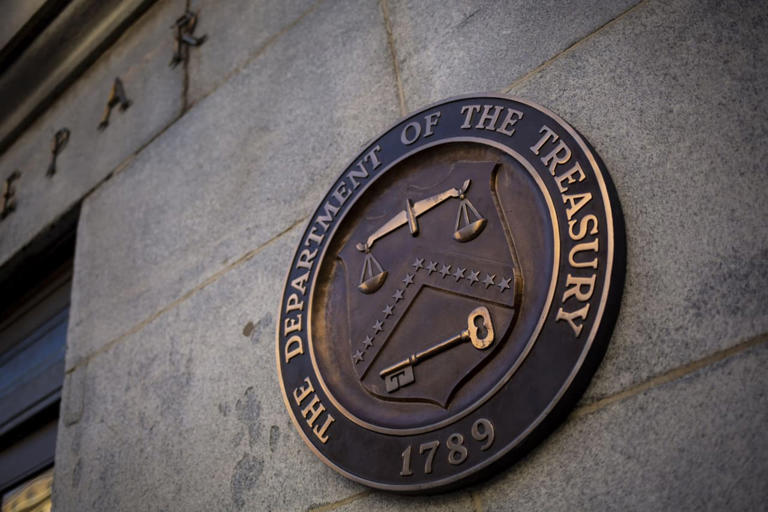The recent fluctuations in bond yields have created opportunities for investors to consider adding more fixed income to their portfolios. This sentiment is echoed by Solita Marcelli, the chief investment officer of the Americas for UBS Financial Services Global Wealth Management, who suggests taking advantage of the recent rise in yields as she anticipates a potential decline in the future.
The U.S. Treasury’s recent auction of five-year notes, the largest on record for bonds of this maturity, saw only moderate demand, similarly to the auction of two-year notes on the same day. This tepid demand led to an increase in Treasury yields across the board, including the 10-year Treasury’s yield, which climbed nearly four basis points to 4.3%.
Marcelli believes that now presents a good entry point for investors to consider adding quality bonds to their portfolios. She anticipates a further fall in yields, which would result in an increase in bond prices. In her view, this scenario could lead to attractive returns for current holders of the 10-year Treasury, with the potential for yields to decline to 3.5% by December.
The volatility in the bond market is attributed to the market’s attempts to anticipate the Federal Reserve’s actions regarding interest rates, particularly in response to inflation data. As investors navigate these uncertainties, opportunities may arise for those seeking to rebalance their portfolios and capitalize on potential yield movements.
Marcelli’s analysis suggests that the current environment presents an attractive opportunity for investors to consider quality bonds. With fed-funds futures indicating potential rate cuts in line with the Fed’s projection and UBS’s expectations, yields are expected to decrease. Marcelli advises investors to take action now to lock in current rates before they decline further.
She highlights the appealing risk-reward proposition for quality bonds, emphasizing their potential for both attractive yields and capital appreciation. As inflation is expected to recede, economic growth slows, and the Fed potentially cuts rates, high-quality bonds are seen as a prudent alternative to cash in high-yield savings accounts.
Marcelli underscores the benefits of high-quality bonds, noting their effectiveness in preserving capital, reducing volatility, and stabilizing portfolios. Additionally, they offer a steady income stream and historically higher returns compared to cash over the long term. She points out that five-year notes may represent a sweet spot, offering a balanced mix of high yields, stability, and sensitivity to interest rate movements.
While equities have delivered impressive returns, UBS advocates for diversification, suggesting that bonds still deserve a place in investors’ portfolios. LPL Financial shares a similar sentiment, maintaining a neutral stance on equities and highlighting the balanced risk-reward trade-off between stocks and bonds.
The outlook for interest rates appears more grounded now, with expectations of rate cuts moderating compared to earlier forecasts. This moderation suggests that bonds may experience less volatility as market expectations align more closely with the Fed’s projections.
However, not all investors may share the enthusiasm for bonds. Warren Buffett, for example, has famously favored a strategy focused on cash and stocks, reflecting differing approaches to portfolio allocation among investors.
